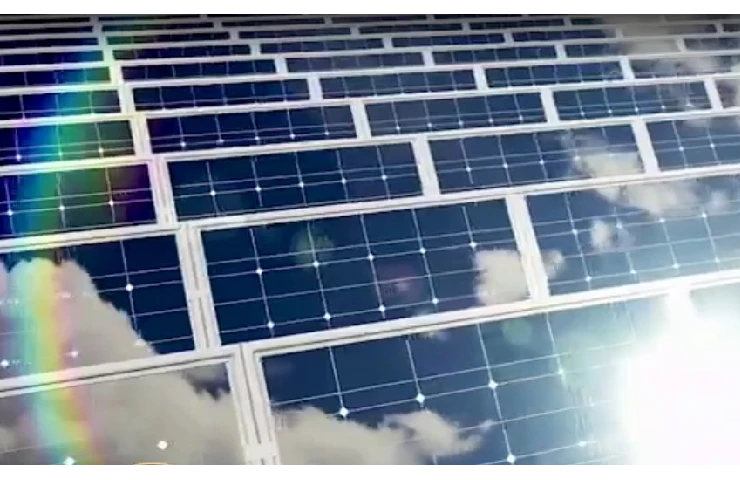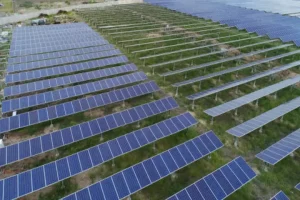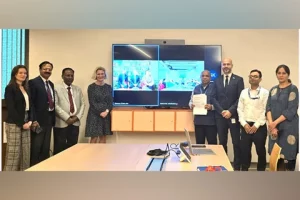Bloomberg Philanthropies and the International SolarAlliance (ISA) plan to mobilise $1 trillion to develop solar energy for ISA’s members. The two organisations will work with the World Resources Institute (WRI) to develop a Solar Investment Action Agenda (SIAA) and a Solar Investment Roadmap.
Bloomberg NEF also released a report, Scaling Up Solar in ISA Member Countries, which will guide the organisations in developing a roadmap for both—the Action Agenda and the Solar Investment Roadmap.
The Scaling Up Solar report says that electricity demand is expected to triple in 75 less-developed ISA member countries over the next three decades while the cost of utility-scale solar is expected to drop by almost 20% in the next five years.
The SIAA will help kickstart the required investment among ISA countries by setting up financial mechanisms to meet solar technology needs in different countries. RK Singh, Minister of Power and also New and Renewable Energy, said: “When the Government of India launched the International Solar Alliance, we recognised the incredible role that solar can play in decarbonizing economies and lifting communities out of energy poverty. It is clear that substantially more investment is needed to accelerate these benefits—and today’s partnership will pave the way for us to get there. With strong data and clear policy recommendations, we can catalyse the investment we need.”
If the proposed funding materialises, it will go a long way in promoting renewable energy across the world. It will also be a shot in the arm for the India-based ISA, which was launched by Prime Minister Narendra Modi and then French president Francois Hollande in November 2015 to promote solar energy.
Highlighting the importance of solar funding, Michael R. Bloomberg, UN Secretary General’s Special Envoy for Climate Ambition and Solutions, and also the Founder of Bloomberg Philanthropies, said: “Global energy demand is rapidly rising, especially in developing countries, and the price of solar power is rapidly falling–but there is not enough of it being deployed. Fixing that requires more collaboration across the public and private sectors…”
One man's mission to make India go sustainable and solar
India walks the talk on renewables, to set up the world's largest solar battery storage system
A wetter southern India could get 40 per cent more rain due to global warming—IPCC report
He added that by speeding up the investment in solar power, this new partnership will help to curb carbon emissions that are heating the planet, while also spurring economic growth, creating jobs, and reducing costs for the public. Ajay Mathur, Director General, ISA, said: “ISA has a vital role to help establish the infrastructure and ecosystem for a zero-carbon emission future. With strong foundations already in place, our immediate focus is to identify and mobilise the opportunities and capital to accelerate our solarization goals in the interim and long-term. This partnership would help three different but interlinked objectives: promoting a clean energy transition; enabling energy access and energy security; and delivering a new economic driver for ISA member countries.”
The Scaling Up Solar report says that solar power is the most economically viable solution for adding new power generation capacity for more than half the world’s population. However, the report adds: “In order to capitalise on the benefits of solar energy, help lift people out of energy poverty, and drive the transition to a lower-carbon economy, trillions of dollars in private investment need to be mobilized and the right policy frameworks need to be put in place”.
The tie-up seeks to fill up this gap in funding for solar projects.
Ani Dasgupta, President and CEO, WRI, said: “Solar energy will play an enormous role in the transition to a more sustainable future but it has to be equitable. Only 2% of solar investment is going into Africa, even though the continent has vast solar potential and a large number of people without electricity access. We need to make solar investment real to the millions of people who have been left behind. This partnership will identify opportunities for the public and private sector to collaborate and scale solar investment to make this transition possible.”




















